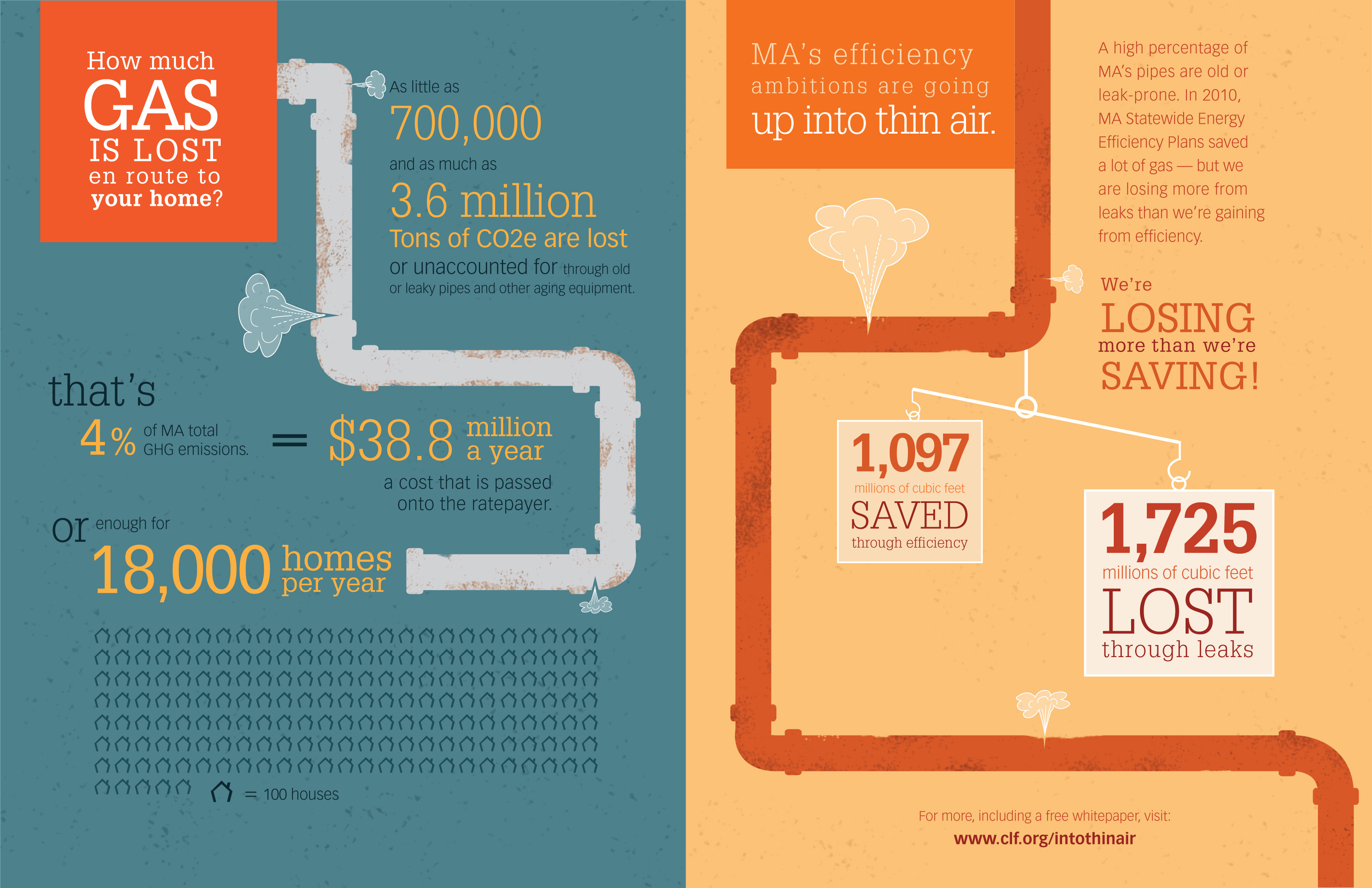A Newbie'S Guide To Understanding Photovoltaic Panel Technology And Exactly How It Works
A Newbie'S Guide To Understanding Photovoltaic Panel Technology And Exactly How It Works
Blog Article
Post By-Noonan Eskildsen
So, you've heard about photovoltaic panels and their possible to create power from sunshine, but exactly how specifically do they work? Recognizing the complex technology behind solar panels can be a fascinating trip into the world of renewable resource. From the basic concepts of photovoltaic cells to the detailed elements that compose a solar panel system, there's a whole world of understanding waiting to be explored. Let's untangle the enigmas of solar panel technology with each other.
Photovoltaic Panel Modern Technology Principles
To absolutely realize the significance of photovoltaic panel technology, you have to delve into the basic principles that underpin its capability. Photovoltaic panel consist of solar batteries, commonly made from silicon, which have the remarkable capability to transform sunlight right into electrical power through the photovoltaic or pv effect. When sunlight hits the cells, the photons in the light interact with the silicon atoms, triggering the electrons to break without their atomic bonds. This produces an electric current that can then be harnessed for powering different tools.
The crucial component of photovoltaic panels is the semiconductors within the photovoltaic cells, which promote the conversion of sunshine into functional electricity. These semiconductors have both favorable and negative layers, producing an electrical field that permits the circulation of electrons.
This flow of electrons, when attached in a circuit, produces straight existing (DC) power. Comprehending these standard concepts is vital for valuing how solar panels can harness the sunlight's power to power homes, businesses, and even satellites precede.
Just How Solar Panels Generate Electrical Energy
Solar panels harness the sun's energy by converting sunlight into electrical energy via a process referred to as the photovoltaic impact. When https://www.energy.gov/eere/articles/nrel-study-identifies-opportunities-and-challenges-achieving-us-transformational-goal strikes the photovoltaic panels, the photons (light particles) are absorbed by the semiconducting materials within the panels, generally constructed from silicon. This absorption creates an electrical current as the photons knock electrons loose from the atoms within the product.
The electric areas within the solar batteries after that compel these electrons to stream in a details instructions, developing a straight current (DC) of electrical power. https://ziontncqe.blogpixi.com/30521953/learn-more-about-the-game-changing-potential-of-solar-installments-in-advertising-a-sustainable-future-and-how-they-are-changing-the-environmental-scene is after that gone through an inverter, which converts it into alternating present (AIR CONDITIONING) electricity that can be used to power your home or company.
Excess electrical energy generated by the solar panels can be kept in batteries for later use or fed back into the grid for credit score through a process called internet metering. Understanding just how photovoltaic panels produce electricity is essential to valuing the ecological and cost-saving advantages of solar power systems.
Understanding Solar Panel Parts
One important facet of solar panel modern technology is comprehending the different elements that compose a photovoltaic panel system.
The vital components of a solar panel system include the solar panels themselves, which are composed of photovoltaic cells that convert sunlight right into electricity. These panels are placed on a structure, usually a roof covering, to record sunshine.
In addition to the panels, there are inverters that transform the straight present (DC) electrical power created by the panels into rotating current (AIR CONDITIONING) electrical power that can be utilized in homes or businesses.
The system additionally includes racking to sustain and position the solar panels for ideal sunlight direct exposure. In addition, wires and ports are vital for moving the electrical power produced by the panels to the electrical system of a structure.
Last but not least, a monitoring system may be consisted of to track the efficiency of the photovoltaic panel system and guarantee it's functioning effectively. Understanding these components is crucial for anybody looking to mount or use solar panel technology successfully.
Verdict
Now that you comprehend the basics of photovoltaic panel technology and just how it works, you can appreciate the power of utilizing sunshine to create tidy and renewable resource for your structure. By making use of the photovoltaic result and parts like inverters and monitoring systems, you can contribute to an extra lasting future while additionally possibly reducing energy prices. Maintain learning and exploring the opportunities of solar power for a greener tomorrow.
